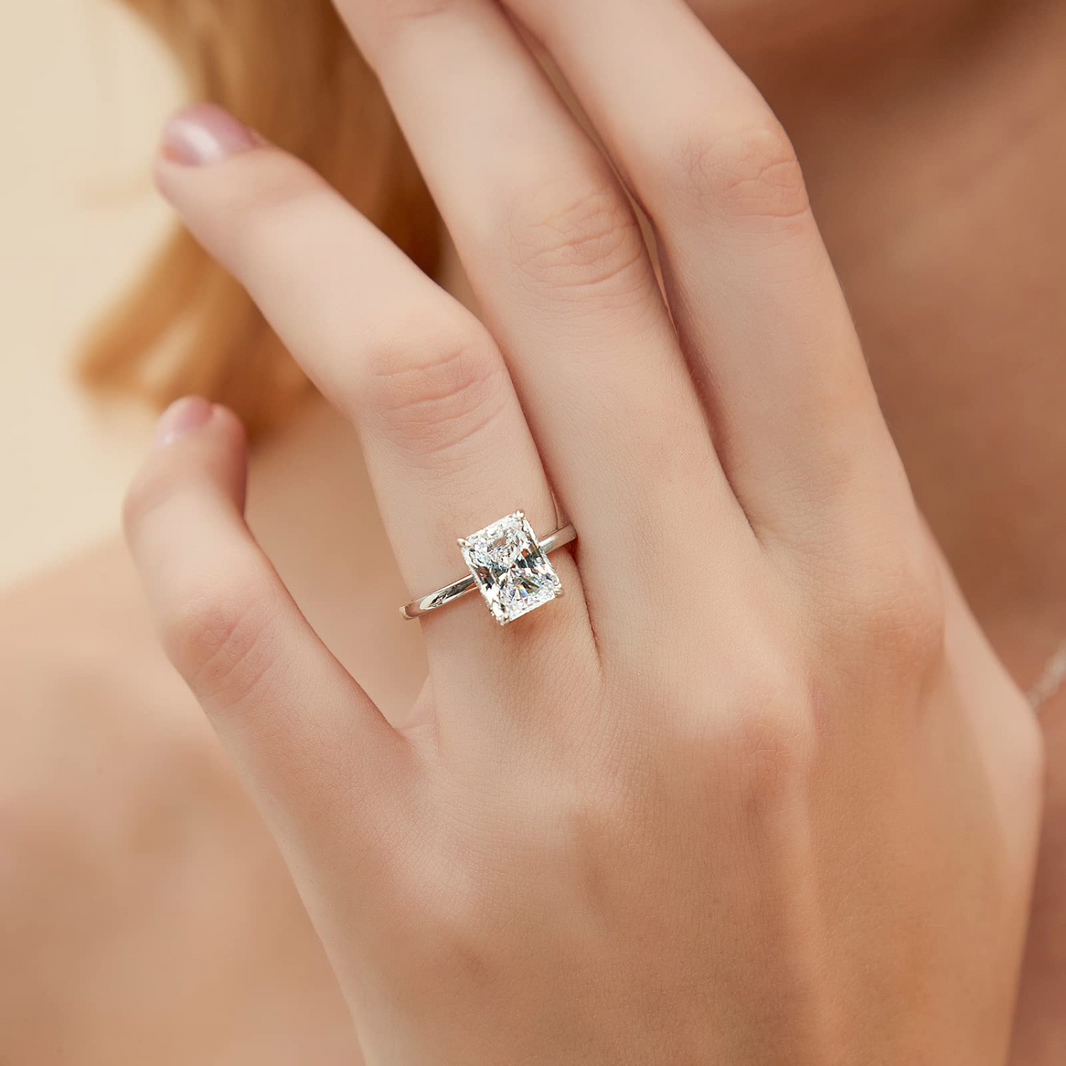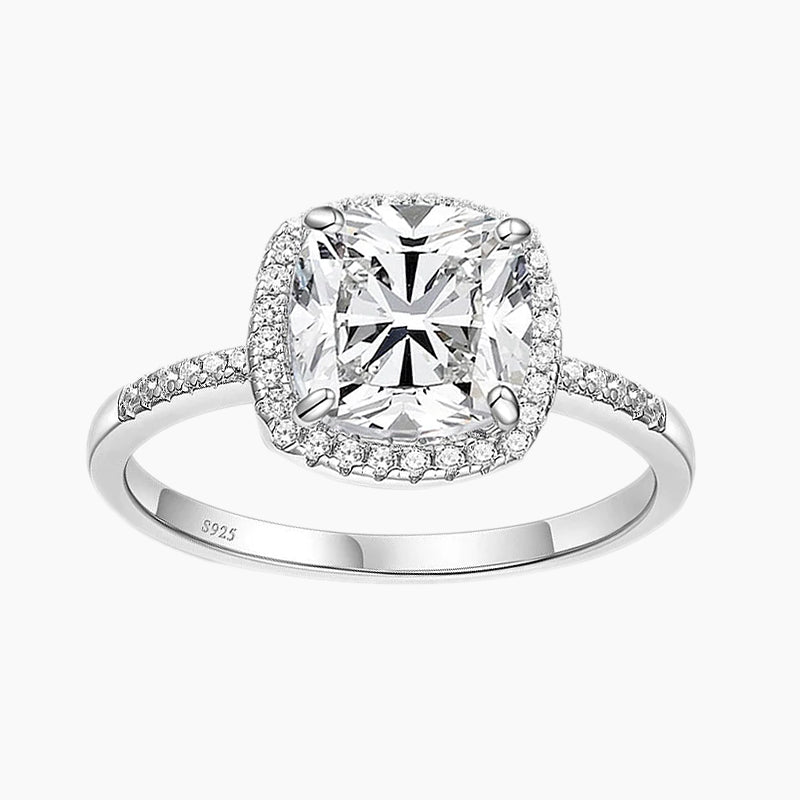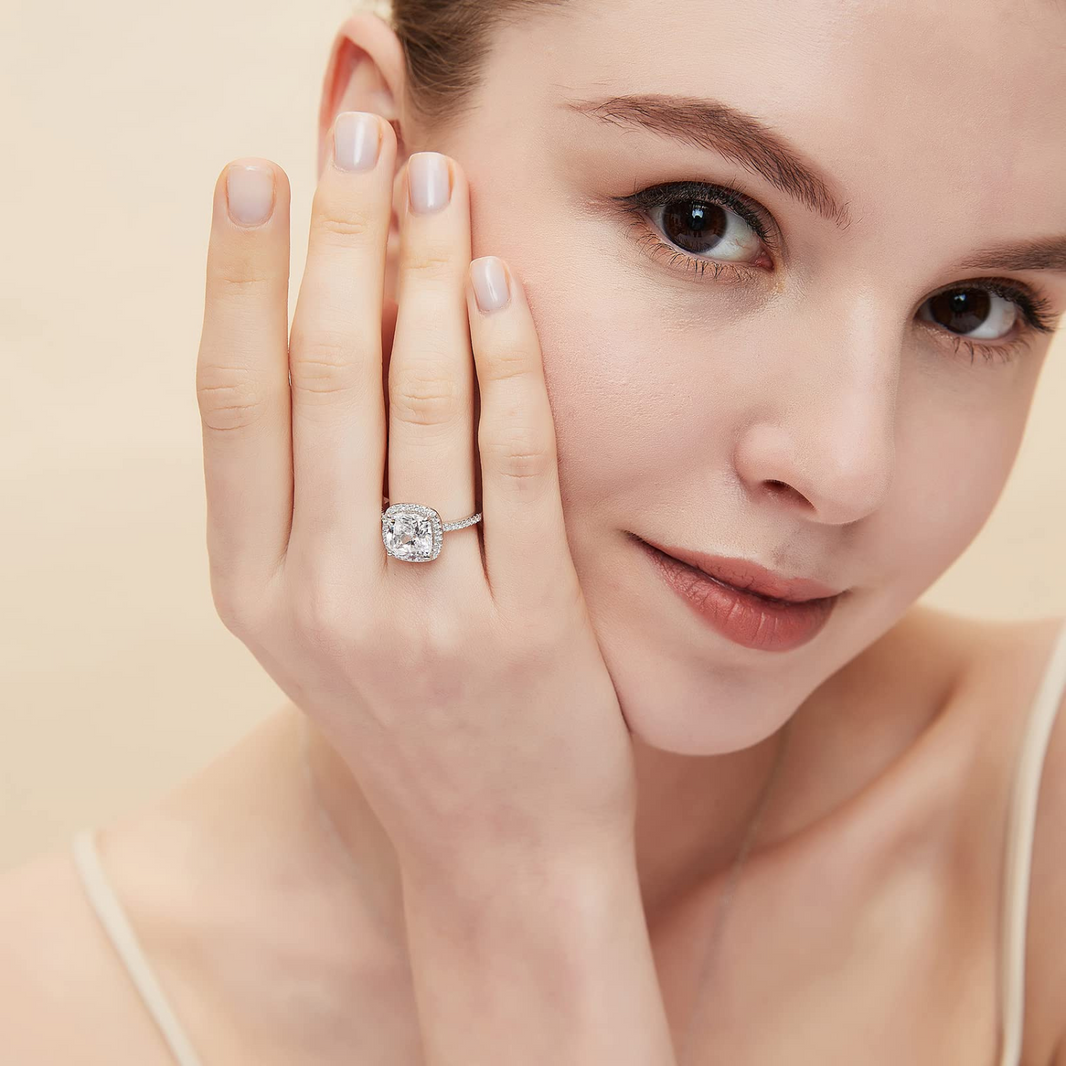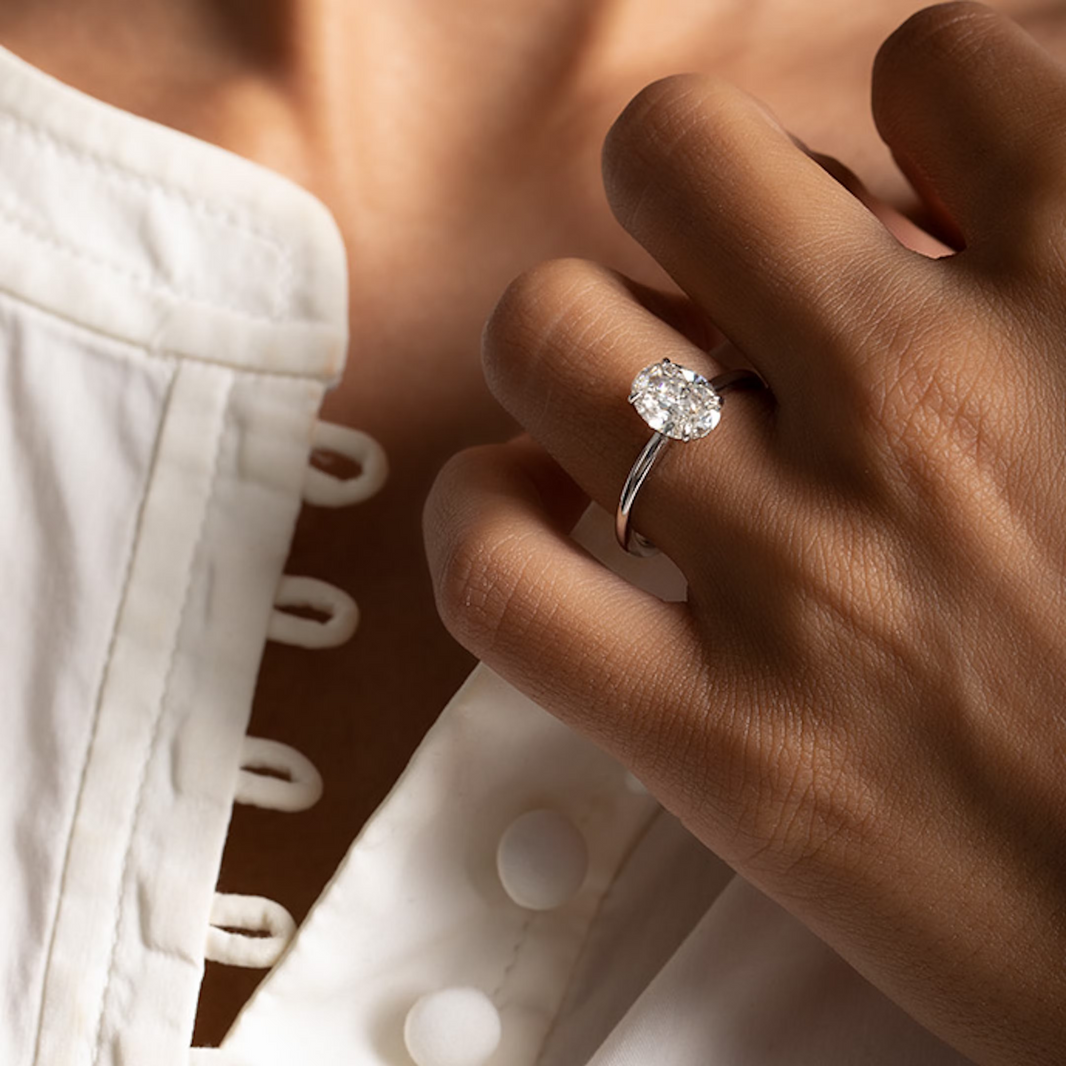Natural pearls have long been symbols of luxury and power—worn by royalty, celebrated in ancient myths, and treasured for their unmatched rarity. But today, they're nearly impossible to find in the jewelry market. Meanwhile, cultured pearls dominate stores, often sparking debates: Are they just "fake" versions of the real thing? Let's examine their differences, scarcity, and value.
Article Index
The Miracle of Natural Pearls: Nature's Rarest Gems
Natural pearls are nature's miracles. They form entirely by chance when an irritant—like a grain of sand or a parasite—enters an oyster or mollusk. To protect itself, the creature secretes layers of nacre (mother-of-pearl) around the intruder, slowly building a lustrous gem over 5–20 years. These pearls are exceptionally rare because: Only about 1 in 10,000 wild oysters produces a pearl; Most are misshapen - gem-quality rounds are rarer than diamonds; Historic sources (like the Persian Gulf's Oriental pearls) are now depleted. Today, they are mostly found in antique jewelry or auctions, where they fetch astronomical prices.
Cultured Pearls: Mankind's Answer to Nature's Rarity
Cultured pearls are real pearls—just with human help. Farmers carefully insert a tiny bead (or tissue) into an oyster to stimulate nacre production. The oyster then coats it naturally, creating a pearl in 1–3 years (much faster than natural formation). Key facts about cultured pearls: Same composition: Made of nacre, just like natural ones; More affordable: Prices range from $50 to $10,000+; Sustainable choice: Farming protects wild oyster populations. Brands like Mikimoto have proven the latter can rival naturals in beauty and value.
Natural vs. Cultured Pearls: Which Should You Choose?
The choice between them depends on your priorities:
When to Choose Natural Pearls: For investment pieces and heirlooms; If you value historical significance; When budget is not a concern.
When to Choose Cultured Pearls: For everyday wear and versatility; If you prefer consistent quality and shape; When sustainability matters. Unless you're a serious collector, cultured pearls offer the best combination of beauty, quality and value.
The Verdict: Both Have Their Place in Jewelry History
Natural pearls remain the ultimate symbol of luxury from a bygone era, while cultured pearls represent innovation and accessibility in modern jewelry. The truth? Both are beautiful, authentic pearls—just born from different circumstances.









